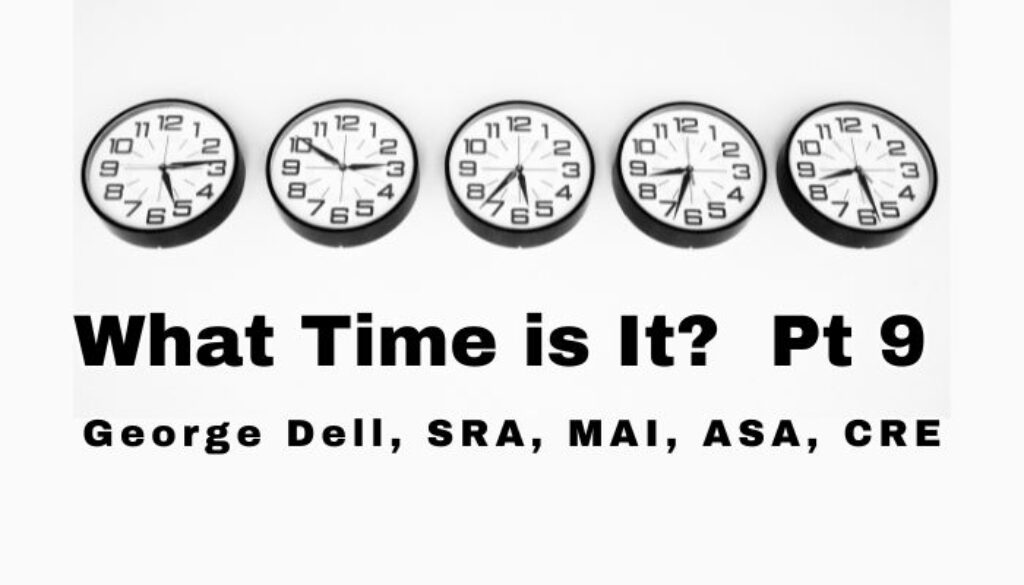It is clear: market analysis and time adjustments are more important than ever, and the appraisal and review requirements are critical to responsible valuation, compliance, and risk management.
Time adjustments and market analysis was the topic presented in our TYN2K Webinar January 15, 2025. Fannie Mae’s Lyle Radke was our presenter, followed by a two-hour overview and summary.
The GSE’s guidelines (Fannie Mae and Freddie Mac) are extensive and particular in both the prior requirements, and as of 2025, updated. This blog post part 9, is a perfect follow-on to part 8, which noted the FHFA paper on the topic.
What is clear is that market analysis (of which price indexing is a part), is critical to good valuation practice. The following is a summary “checklist” and “conformance” guide of guidelines, standards, and best peer-practices in effect as of March 1, 2025, as well as relevant parts of “Uniform Standards”. This is useful as an underwriting tool for both administrative and appraiser reviewers.
FOR REVIEWERS, REGULATORS, UNDERWRITERS, and RISK ANALYSTS:
SEVEN POINT CHECKLIST:
- A time adjustment is required, (including “support for” a zero/stable market).
- Adjustment indexing must be “market-derived” by “relevant evidence and logic.”
- Any “neighborhood” trend opinion will usually differ from comparable adjustment.
- Comparable sales contract dates may be used instead of closed dates where possible.
- Outliers “Isolated high and low extremes” should be excluded in price range indications.
- An “illustration” is required (picture or diagram) best with each competitive sale and date.
- Data selection is controlled for (moderated) by competing comparison elements (predictors).
CONFORMANCE/QUALITY GUIDE: A report should:
- Be reproducible by another analyst, using the identified data.
- Summarize or present all considered evidence (sales information).
- Describe: 1) data sources; 2) tools (algorithms); 3) techniques (models).
- Explain any needed data expansion in cases of sparse data, whenever required.
- Justify the use of any method or model which does not apply all relevant information.
The checklist above is designed to be appropriate for non-appraiser administrative reviewers. The general conformance/quality report requirements involve professional appraise reviewer opinion.
In coming editions of the blog, we will review initially suggested methods for time adjustment (price indexing). We will identify elements of any ideal method given the specifics in the GSE guidelines. Each of these will be considered in the context of reality: varying data quality and availability.
The “ground” reality for realty trend analytics — is that appraisal cases reveal different amounts of competitive data, whether plentiful, sparse, or “non-existent”. These require judgment and algorithm.
We will next consider “common strategies” as suggested in the FHFA Working Paper 24-07, and the lenient Fannie Mae “acceptability” guideline” leading up to the March 1, 2025 implementation date.

January 20, 2025 @ 7:48 am
George, I found that when I started writing my Selection Criteria for my market data search, and providing a Market Data Array with all the relevant data for my subject market segment; questions about my Market Approach almost completely ceased. I learned to do that in the old SREA Course 102, Residential Applications.